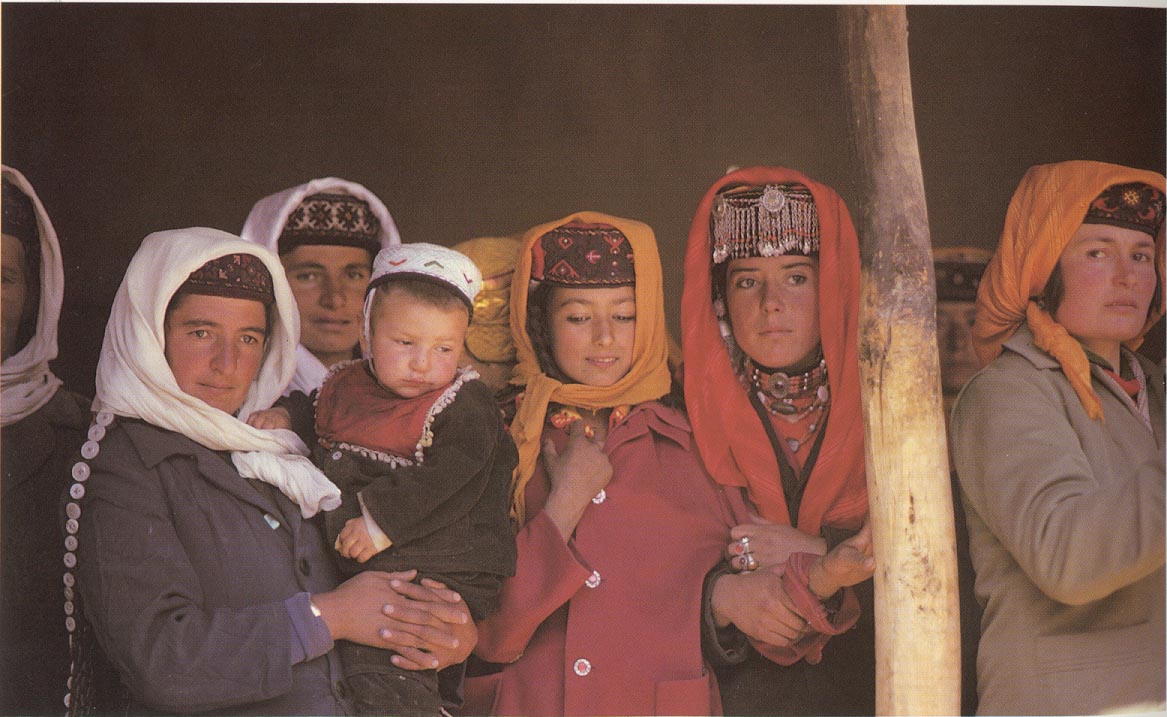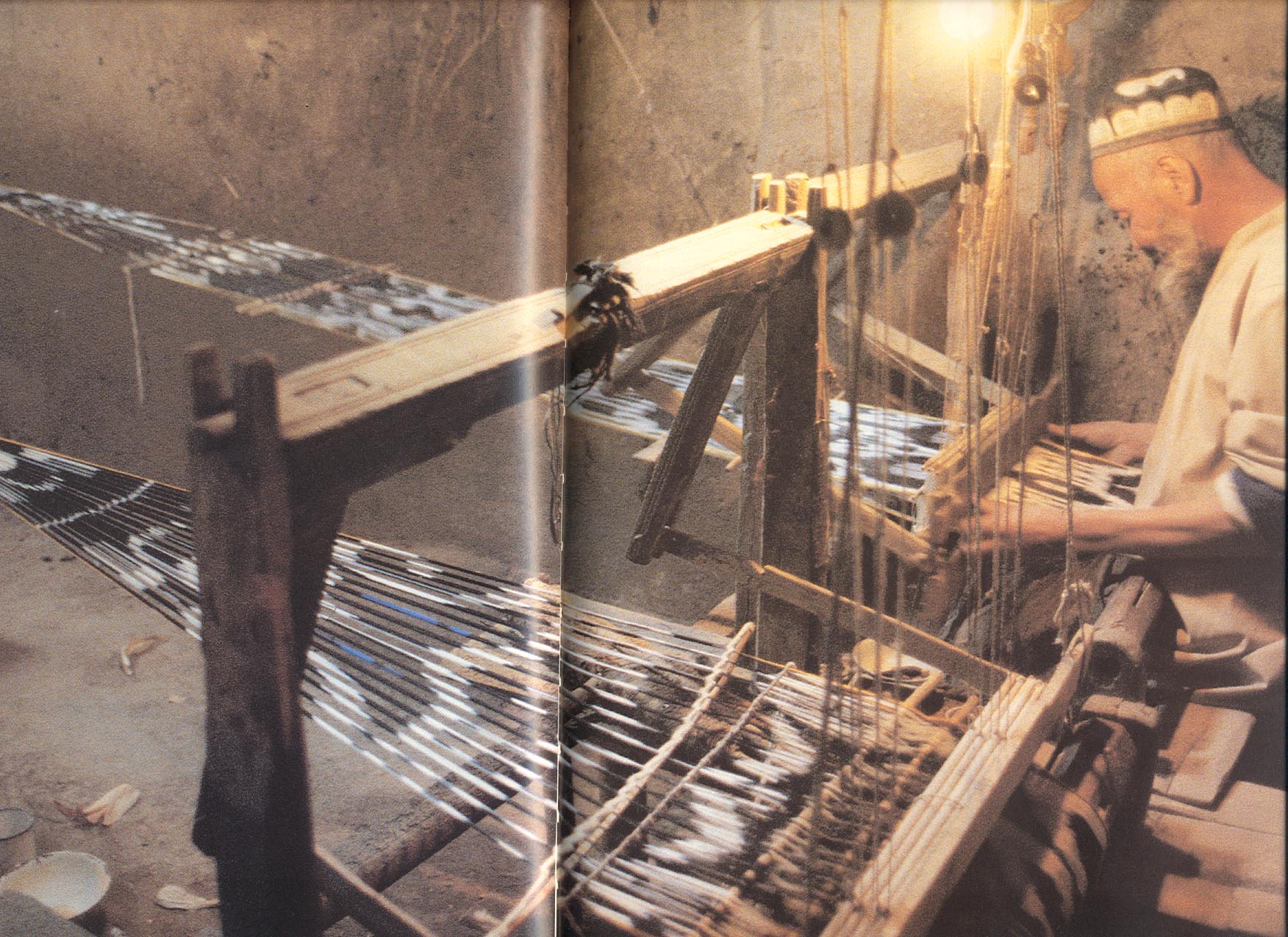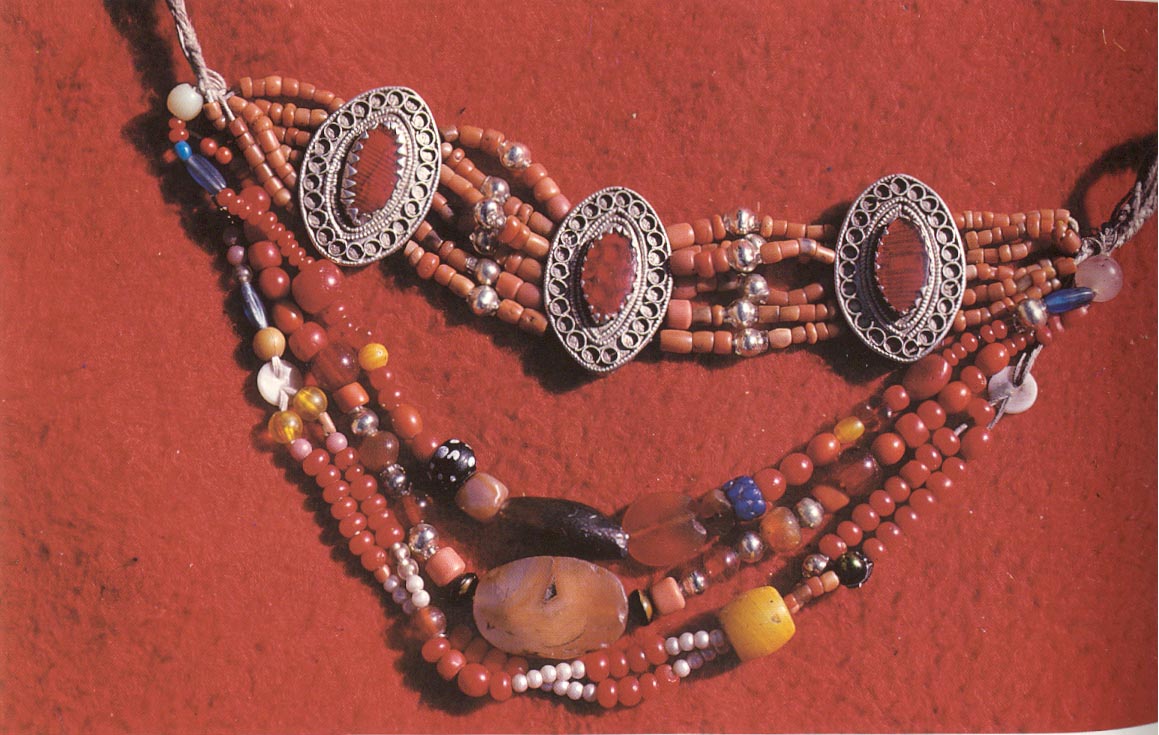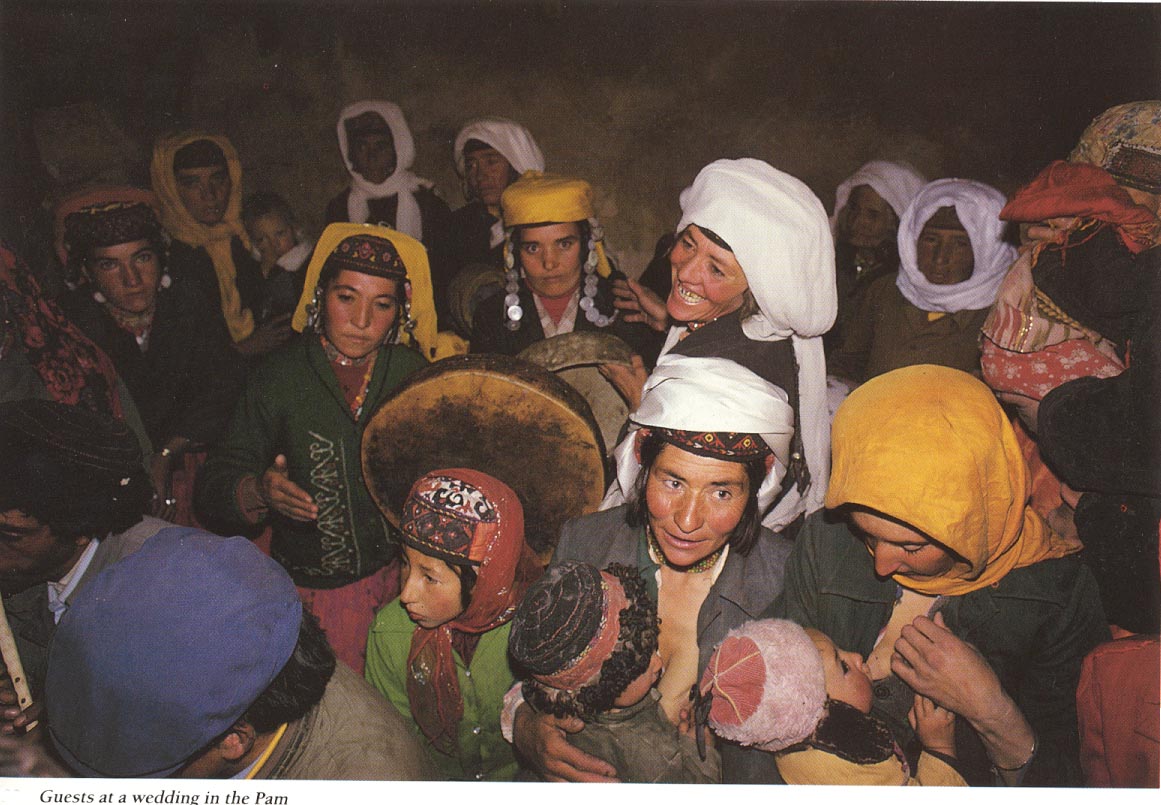




| The Land
of Tajiks |
|
History Home
Language Links
People
Map |
| Major Cities: Buchara Dushanbe Khiva Xojand Merv Panjakent Samarqand Shahrisabz |
| Kashqar
Area |
 |
 |
 |
 |
 |
| A Tajik baby
girl |
Tajik women |
Silk weaving |
Tajik women |
Typical Tajik
Necklace |
 |
Kashgar
, Kashqar (Kashi or Kaxar), once a key centre of the ancient silk road,
visited by merchants and famed travellers such as Marco Polo
, lies in western China, in Xinjiang
Uygur Autonomous Region, situated in a fertile oasis at the foot of
the Pamirs near the Tajikistan borders.
Kashgar has a history of more than 2'000 years. The earlist reference appeared in Persian documents referring to an alliance of Tushlan tribes, who founded their capital here. In the second century AD, Hinayana Buddhism flourished here and continued to do so until the ninth or tenth century. During this period Persian and Indian cultural influences were strong. Ruined cities show a quite different culture from today, where Indo-European and Altaic peoples worshipped at Buddhist, Manichaeist or Nestorian Christian temples, expressing themselves in art that blended Kashmiri, Tibetan, Indian, Persian and Greek styles. The Tajik people (=Persians) who had lived in various areas, of today western China, have had Kashgar as their major cultural town. Tajiks are one of the main population in Kashgar (10-15 percent) but there are even Kazaks, Kyrgyz, Chinese and Uighur here. |
 |
W
hen the Tang (618-907) withdrew,
it was ruled for long periods by Mongols and Central
Asian empires before returning once more to Chinese
control in 1760. From 1865 to 1877 Kashgar was the capital
of an independent Muslim state established in the Tarim
Pendi by Yakub Beg. Population (1991) 174,570
. More |
 |
 |
 |
 |
 |
| Tajik bride |
Tajik groom |
Wedding party |
Wedding party |
Wedding party |